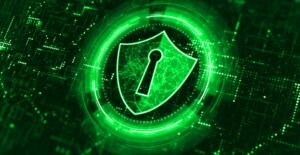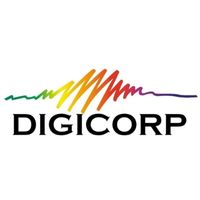In the constantly evolving world of cybersecurity, tackling unknown cyber threats can feel like a game of “whack-a-mole.” Just when you think you’ve secured one vulnerability, another one pops up in a different area. It’s a relentless battle that requires both reactive skills and proactive measures. You must stay one step ahead, anticipating where the next “mole” might appear while addressing current threats.
It’s a continuous battle to stay ahead of cyber threats and keep your systems secure. And as technology advances, new attack vectors emerge. To be proactive, we recommend two strategies: expanding your use of multifactor authentication (MFA) and implementing email controls such as DMARC, DKIM, and SPF.
Why? Simply put, they work and are cost-effective. And if that’s not enough, they are now required by insurance underwriters.
Expanding the Use of MFA
Most organizations already use MFA for secure access to VPNs and remote systems. But it shouldn’t stop there. Any user with system administrative privileges should have MFA deployed. MFA plays a vital role in validating administrative access. If cybercriminals can’t access administrative controls, they can’t change credentials and compromise networks. It’s tough to compromise a system you can’t connect to.
Adding MFA to your layered security approach does not have to be inconvenient for your users. Duo makes it quick and easy for users to self-enroll without needing the help of an IT administrator. And, with several methods available for authentication, users can select the method that works best for them.
Elevating Email Security with DMARC, DKIM, and SPF
Recently, email controls such as DMARC, DKIM, and SPF have been appearing on the annual cyber liability/property and casualty questionnaire. When properly deployed, these tools:
- Validate the legitimacy of emails.
- Provide your mail server with information on what to do with said emails.
- Prevent spam and phishing attacks.
SPF (Sender Policy Framework)
SPF is like a list of approved senders for an email domain. It ensures that only authorized senders can send emails on behalf of that domain.
DKIM (DomainKeys Identified Mail)
DKIM essentially adds a digital signature to outgoing emails. It allows recipients to verify the legitimacy of the sender and ensures the email hasn’t been tampered with during delivery.
DMARC (Domain-based Message Authentication, Reporting, & Conformance)
DMARC is an email control policy that combines both SPF and DKIM. It instructs receivers on how to handle any emails that fail SPF and DKIM checks, which reduces the risk of email spoofing and phishing by providing a way for domain owners to act against unauthorized use of their domains.
Expanding on MFA and email controls is a cost-effective approach for creating barriers against cyberattacks. These strategies have a proven track record and are integral to building a solid security posture.
Working with Digicorp has proven to be a financial and operational win for our many customers. Let us help you! Fill out the form below and one of our representatives will be in touch with you shortly.





